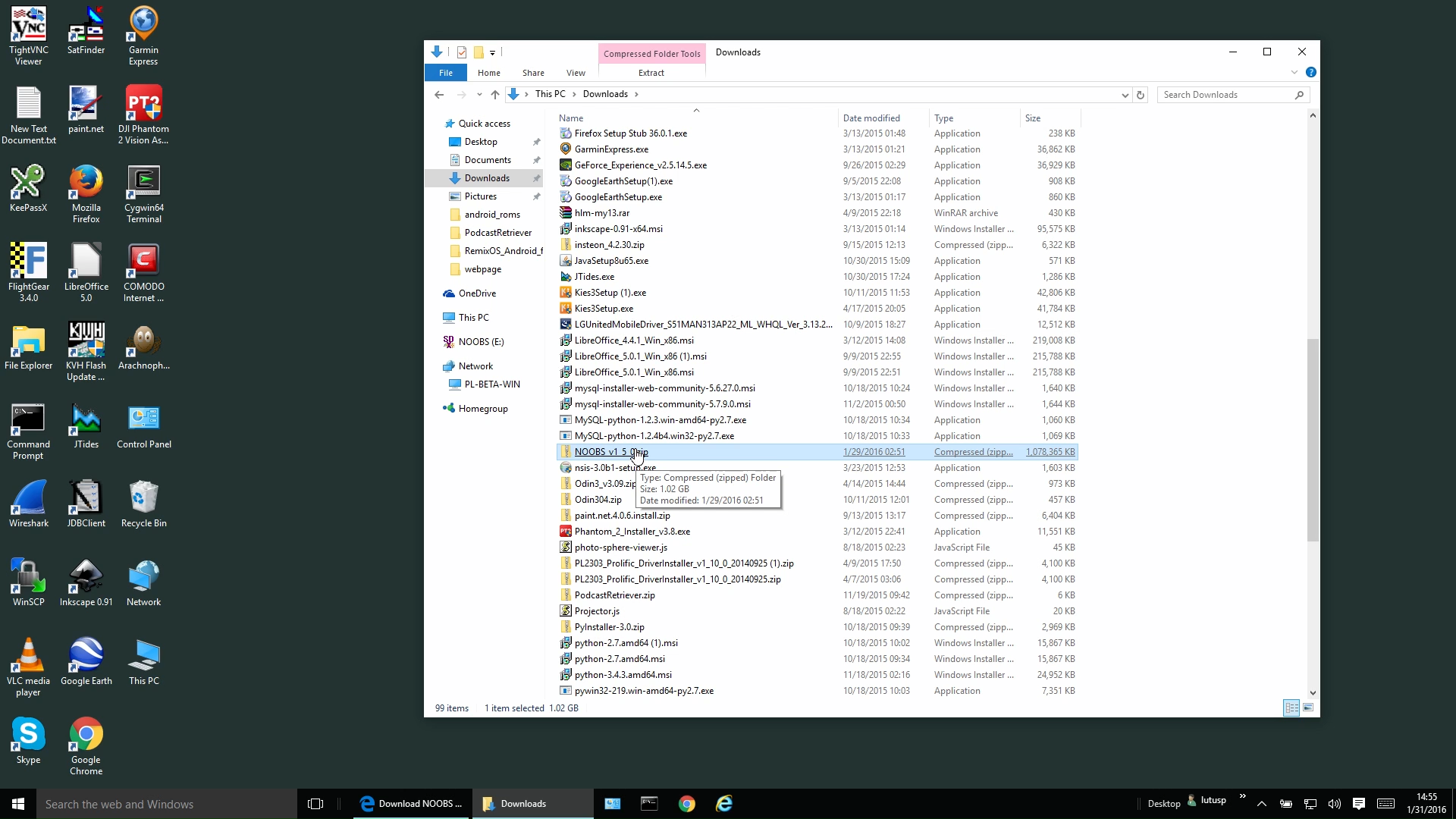

- #How to format sd card reveal x pro#
- #How to format sd card reveal x software#
- #How to format sd card reveal x professional#
If you're, say, shooting in the fastest burst mode on the Sony A9 II, or capturing 8K video on the Canon EOS R5, this is an SD card capable of keeping up with it. It's more speed than most people need – but if you need it, you need it. Accordingly, write speeds can reach up to 260 MB/s, which is a considerable jump compared to 90 MB/s on the SanDisk. What this means in real terms is that it's capable of much faster transfer speeds thanks to the fact that it has an additional physical data channel compared to UHS-I cards. For that, scroll down to our next entry.Īs stated in the name, this is a 'UHS-II' card.
#How to format sd card reveal x professional#
We'd pitch this card towards casual and enthusiast photographers and videographers – if you're professional or heading that way, you might want something with a little more speed to it. We'd recommend going for 64GB or 128GB if you can afford it, as that'll provide the optimal balance between space and price. It goes up to 1TB in capacity, and prices do shoot up once you get to that level – though once again, it's difficult to imagine a user who would want that much capacity but wouldn't also want a faster card. Unlike the SanDisk, it comes in a 32GB option, so there's an option to save a little cash if you don't mind formatting the card a little more often than you would otherwise.Īll the important specs are here – it's got enough write speed to handle high-resolution stills and 4K video, and it's got high enough read speeds that you won't be waiting too long for files to offload. It's a UHS-I SDXC card, meaning it combines fast transfer speeds with high capacity, so it should be suitable for the majority of photographers and videographers. This Lexar card is similar to the SanDisk in a lot of ways. The more capacity you can afford, the better you can insure yourself against running out of space mid-shoot. That maximum capacity is probably overkill for most people – but really it's just about balancing your needs and your budget. The card is available in capacities from 64GB all the way up to a whopping 1TB. The "Extreme Pro" in the name means the card is hardy and weatherproof, built for the rigors of outdoor shooting. Plus, with read speeds of up to 170 MB/s, getting your images and videos off the card and onto a computer or hard drive is a snappy process that significantly reduces the amount of time you have to spend waiting around. Even if you're shooting in high-speed burst mode on a high-resolution full-frame camera, the card will keep up just fine. It's comfortably more than most people will need. While this isn't the fastest a memory card can manage, as we'll see in this guide, it is plenty. In fact, the maximum write speed the card can manage is 90 MB/s. It's fast enough to handle all but the absolute upper-end of high-resolution photo and video work it's got a U3 speed rating, meaning it can handle at least 30MB/s of write speed (actually considerably more than that), and that means it's certified to shoot 4K UHD video with no stutter or dropped frames.

#How to format sd card reveal x pro#
The SanDisk Extreme PRO SDXC UHS-I Card is going to be the best choice of card for the vast majority of camera users. If you're coming at this new, we'd say start there. You can scroll to the bottom of this page where we've included a detailed explainer of all the different card types you can buy, as well as some hints regarding what to look for when choosing a card. We've thrown a lot of technical terms at you there, so if you're confused, don't worry. Slightly older ones might use XQD, older ones than that may use CFast, and even older cameras than that may even be compatible with good old Compact Flash. The current high-speed format is CFExpress, and any recent pro or semi-pro camera will probably have a CFExpress slot. More advanced cameras will have slots for faster cards, and the type will depend on when the camera was released. The only real exceptions are small and specialised cameras like GoPros, which tend to use a micro SD card slot. With that said, an SD card is likely to work with most cameras – pretty much any DSLR, mirrorless or compact camera released in recent years will have an SD card slot.

It should be fairly easy to ascertain which type(s) of card work with your camera – just check the manual, or do a quick Google.
#How to format sd card reveal x software#
This isn't just a software issue – different types of memory card are physically different, so the wrong card won't just not work with your camera, but won't physically fit in the slot.


 0 kommentar(er)
0 kommentar(er)
